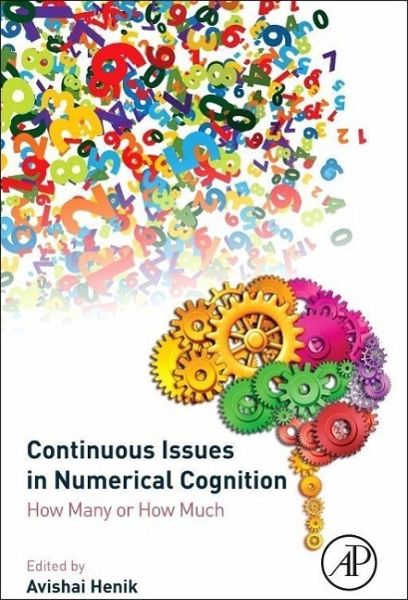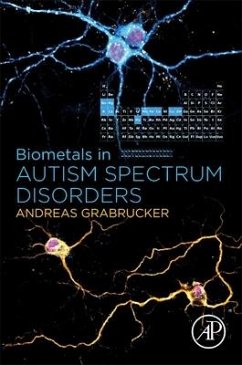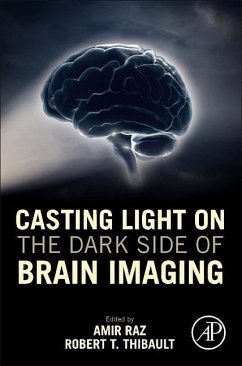
Continuous Issues in Numerical Cognition
How Many or How Much
Herausgegeben: Henik, Avishai

PAYBACK Punkte
42 °P sammeln!
Continuous Issues in Numerical Cognition: How Many or How Much re-examines the widely accepted view that there exists a core numerical system within human beings and an innate ability to perceive and count discrete quantities. This core knowledge involves the brain's intraparietal sulcus, and a deficiency in this region has traditionally been thought to be the basis for arithmetic disability. However, new research findings suggest this wide agreement needs to be examined carefully and that perception of sizes and other non-countable amounts may be the true precursors of numerical ability. This...
Continuous Issues in Numerical Cognition: How Many or How Much re-examines the widely accepted view that there exists a core numerical system within human beings and an innate ability to perceive and count discrete quantities. This core knowledge involves the brain's intraparietal sulcus, and a deficiency in this region has traditionally been thought to be the basis for arithmetic disability. However, new research findings suggest this wide agreement needs to be examined carefully and that perception of sizes and other non-countable amounts may be the true precursors of numerical ability. This cutting-edge book examines the possibility that perception and evaluation of non-countable dimensions may be involved in the development of numerical cognition. Discussions of the above and related issues are important for the achievement of a comprehensive understanding of numerical cognition, its brain basis, development, breakdown in brain-injured individuals, and failures to master mathematical skills.













